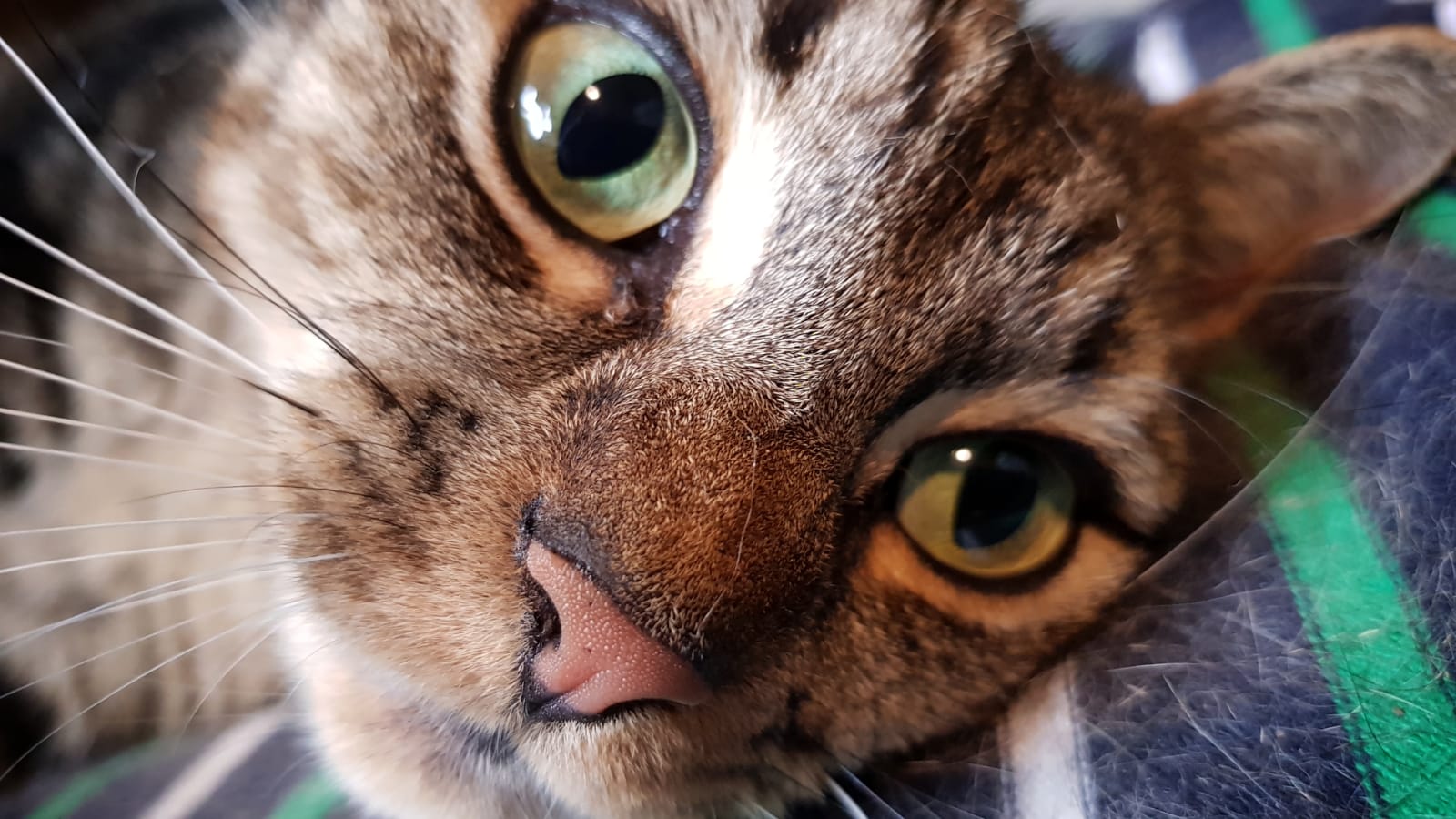Recurrent seizures in cats: Treatment – which antiepileptic drugs are recommended?
Recurrent seizures in cats: Treatment – which antiepileptic drugs are recommended?

Requires membership/payment
This article can be accessed via RCVS Knowledge Library Membership (click here).
In our edition of: Oct 2018
In our categories of: small animals
our summary:
Hazenfratz, M. and Taylor S.M. (2018) Recurrent seizures in cats: Treatment – which antiepileptic drugs are recommended? Journal of Feline Medicine and Surgery, 20 (9), pp. 825-834
This is the second paper in a short series of articles on the diagnosis and treatment of recurrent seizures in cats. It sets out the various treatment options for both recurrent seizures and the acute treatment of status epilepticus. The review is based on evidence in the literature and the experience of the authors.
Following a brief overview of protocols for antiepileptic drug (AED) therapy, the main AEDs are described and information is given about dosing, possible drug interactions and any potential adverse effects. The issue of owner constraints in terms of cost and frequency of AED administration is also considered.
The AEDS discussed are:
- Phenobarbital
- Levetiracetam
- Zonisamide
- Gabapentin/pregabalin
- Diazepam
- Potassium bromide
A section on status epilepticus discusses treatment goals and options. A useful chart giving the steps to take for the emergency treatment of status epilepticus is given.
The first paper in the series is:
Hazenfratz, M. and Taylor S.M. (2018) Recurrent seizures in cats: Diagnostic approach – when is it idiopathic epilepsy? Journal of Feline Medicine and Surgery, 20 (9), pp. 811-823.
Seizures are one of the most common neurological conditions in cats, however there remains limited evidence on treatment options. This paper will be a good reference source for practitioners for current best practice; the diagram on treatment of status epilepticus will be particularly useful.
Join the discussion
We encourage discussion on all material highlighted in each edition of inFOCUS. Use the button below to join the conversation on Twitter and include your comment in the feed for this issue.



Leave a Reply
Want to join the discussion?Feel free to contribute!